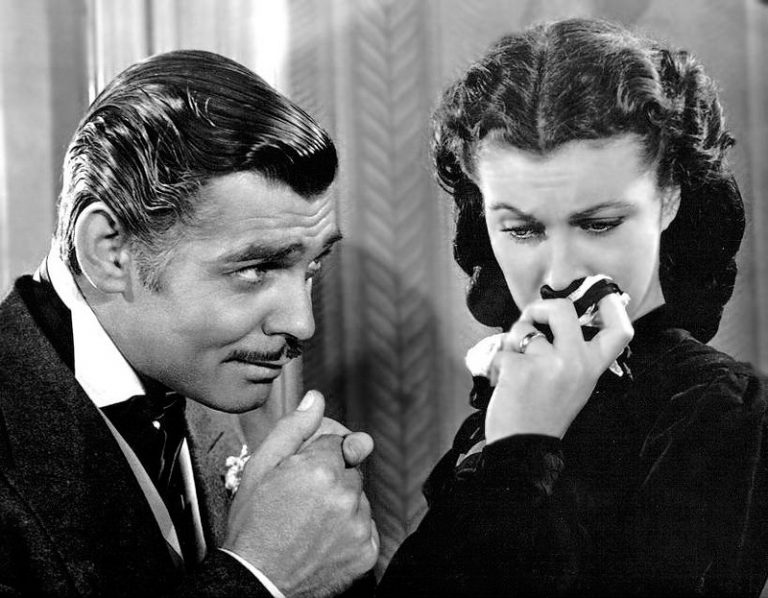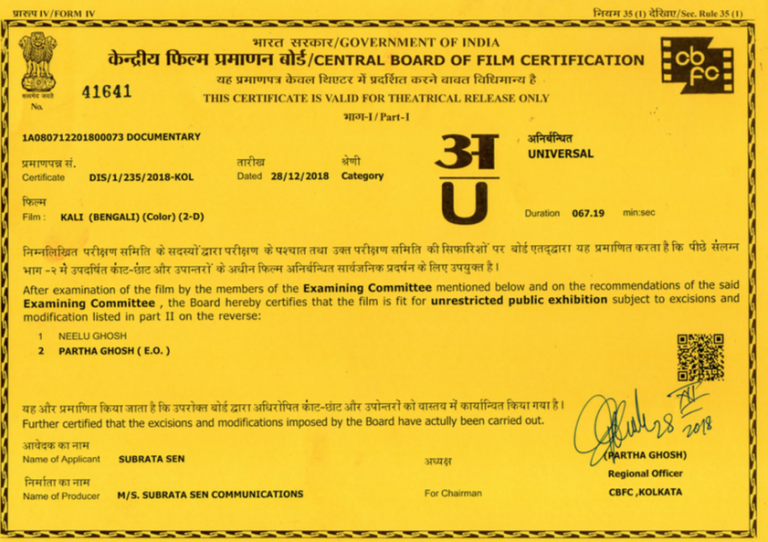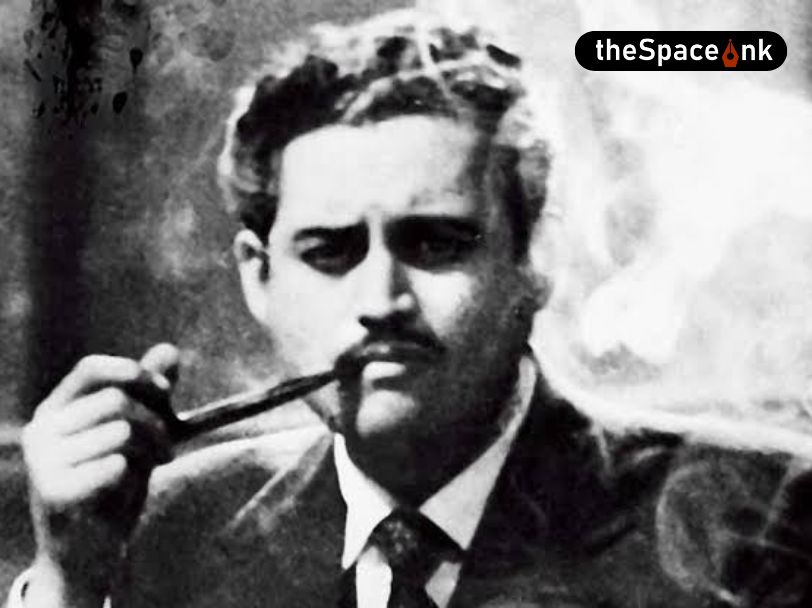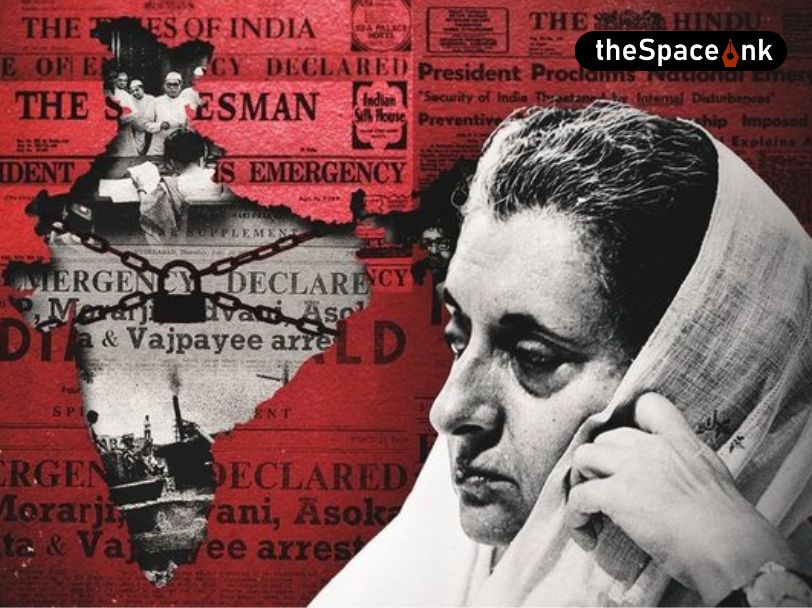Rhett Butler’s famous response, “Frankly, my dear, I don’t give a damn,” to his wife Scarlett O’Hara’s question, “Where shall I go? What shall I do?” towards the end of Victor Fleming’s 1939 American historical romance epic film, Gone with the Wind, is one of the greatest film quotes of all time. It is one of my all-time favourite film quotes as well. The word, ‘damn,’ was, however, a cuss word in American society in the 1930s. Therefore, two months before the release of the film, American film censors insisted that the word be removed, because as per the guidelines of the 1930 Motion Picture Production Code, commonly known as the ‘Hays Code,’ the word was offensive, and hence, prohibited. However, the censors reversed their decision a few weeks before the release of the film owing to an amendment to the Production Code made by the board of the Motion Picture Association in America. A word that was offensive once was suddenly, not offensive anymore, thanks, presumably, to the altered sensibilities of American society that made the amendment to the Motion Picture Production Code possible. American sensibilities on such matters have come a long way since then.
Until a society’s sensibilities undergo significant changes, what is offensive to it continues to remain offensive. Changes in sensibilities, belief systems, customs and practices of people do not happen overnight. They happen gradually. Hence, it is pointless to ask, why something should be offensive to some people while it is not so to some others, or why people can’t be more rational and hospitable towards contentious and delicate issues in society.

Being a compelling audio-visual medium of entertainment imparting information, knowledge, ideologies, values etc., cinema exerts a powerful influence on its audiences. Depending on its content and mode of presentation, a film can have either positive or negative impacts on individuals and society. While a film might be appropriate to the age and sensibilities of some people, it might be inappropriate to the age and sensibilities of some other people. Not all films are meant for viewing by all people. Moreover, a contentious film can even cause unrest or even violence in society. Therefore, every country needs a statutory body that regulates its film policy and ethics.
In India, before a film, whether Indian or foreign, is unveiled for public viewing, it has to be certified as appropriate for the purpose by the Central Board of Film Certification (CBFC), commonly known as the ‘Censor Board.’ Functioning as a statutory body under the Ministry of Information and Broadcasting, CBFC regulates the exhibition of films under the Cinematograph Act 1952. It is entrusted with the role of ensuring that the people in the country avail themselves of healthy entertainment through the medium of cinema. CBFC is to certify that a film, in part or whole, does not undermine India’s sovereignty and integrity, compromise its security and relations with foreign states, provoke public disorder or crime, cause defamation or contempt of court, go against the values and standards of society, offend any community or people etc. Hence, after examining a film, CBFC approves and rates its suitability for public viewing under any of the four categories of certification, namely, U, A, U/A and S.
If the subject matter and theme of a film and their handling are oriented towards promoting widely accepted abiding values, advancing knowledge and ideas in noncontroversial ways, and facilitating healthy dialogues and discussions, it is given a ‘U’ certificate approving it for unrestricted public exhibition. If the film contains moderate or even negligible adult content and themes such as violence, nudity and sexuality that can be watched by children below the age of 12 under parental guidance, it is given a ‘U/A’ certificate approving it for unrestricted public exhibition. If the film contains adult content and themes considered inappropriate for people below the age of 18, it is given an ‘A’ certificate approving it as a film restricted to adults who are 18 and above. If the film is considered suitable for viewing only by special categories of people such as scientists, doctors, engineers and so on and not by the public, it is given an ‘S’ certificate.
Functioning as a statutory body under the Ministry of Information and Broadcasting, CBFC regulates the exhibition of films under the Cinematograph Act 1952. It is entrusted with the role of ensuring that the people in the country avail themselves of healthy entertainment through the medium of cinema. CBFC is to certify that a film, in part or whole, does not undermine India’s sovereignty and integrity, compromise its security and relations with foreign states, provoke public disorder or crime, cause defamation or contempt of court, go against the values and standards of society, offend any community or people etc.
Despite their artistic merits, films promoting criminal, anti-social, anti-national or anti-scientific activities, encouraging discriminatory or fundamentalist tendencies, advocating vulgarity or obscenity and so on are not approved as appropriate for public exhibition. For example, considering that Sridhar Rangayan’s 2003 film, Gulabi Aaina (The Pink Mirror) depicting the story of two transsexuals along with a gay man trying to seduce a man is vulgar and offensive, CBFC did not give approval for its exhibition in India. The film, however, went on to win several awards at different international film festivals. It continues to remain banned in India. Three other films that CBFC refused permission for public exhibition in recent years are Naresh S Garg’s Punjabi film, Dharam Yudh Morcha, Baghal Singh’s 2017 Punjabi film, Toofan Singh and Venkatesh Kumar’s 2017 Tamil film, Neelam. While Dharam Yudh Morcha depicts the struggle of the Indian Sikh people between 1947 and 1984 to safeguard the fundamental rights of the Sikhs as a minority community, Toofan Singh depicts the life of Toofan Singh, a militant of the Khalistan Liberation Force (KLF). Neelam is based on the Sri Lankan Civil War and the rise of the Tamil rebel groups including the Liberation Tigers of Tamil Eelam (LTTE).

Often the CBFC asks for the deletion of certain parts of the films before they are approved for public exhibition. For example, when the American film director, David Fincher, refused to agree to the suggested deletions in his 2011film, The Girl with the Dragon Tattoo, CBFC refused to approve it for public exhibition in India arguing that the nudity and rape scenes in the film are too much for the Indian sensibilities.
The Cinematograph (Amendment) Bill 2021 proposed by the Ministry of Information and Broadcasting proposes to introduce age-based certifications such as U/A 7+, U/A 13 + and U/A 16+ into the category of films approved for unrestricted public exhibition. The bill also proposes revisional powers for the Central Government by means of which the Government can ask the CBFC to re-examine a film that has already been approved by the latter if the government thinks that any aspect of the film is objectionable. Under the provision of the revisional powers, the government can even revoke the certification of films that have already been approved by CBFC.
The Indian film fraternity is concerned about this draft proposal because they believe that if it becomes an Act, it can make filmmakers as well as CBFC vulnerable to the interests of the government as well as the concerns of politicians and other people of significance with vested interests. It can not only pave the way for a practice of the critique of art based on cultural, religious and moralistic principles rather than artistic and aesthetic principles, encourage mob censorship of art, and also jeopardise the freedom of speech and expression.
Rakesh Sharma’s 2004 documentary, Final Solution, dealing with the 2002 Gujarat riots, was not given clearance for the public exhibition based on the argument that it could indirectly promote violence in society along the lines of communalism and radicalism. However, after a prolonged campaign (which included the free distribution of thousands of copies of the film on Video CDs) in favour of the film by members of civil society, CBFC lifted its ban and approved it for public exhibition. Regardless of whether the film should or should not have been exhibited publicly, the case of Final Solution is an instance of the public playing the role of the censor. If the government (made up of politicians) gets the revisional powers, over and above the government interference in the functioning of CBFC, instances of the public trying to arm-twist CBFC are likely to rise.
The ‘Universal Declaration of Human Rights’ in Article 19 (1) (a) of the Indian Constitution affirms that everyone has the right to freedom of opinion and expression and that this right includes freedom to hold opinions without interference and to seek, receive and impart information and ideas through any media regardless of frontiers. This right to freedom is regulated by Article 19 (2) which allows the government to enforce ‘reasonable restrictions’ on this right “in the interests of the sovereignty and integrity of India, the security of the State, friendly relations with foreign States, public order, decency or morality, or concerning contempt.” Ensuring a balance between provisions of Article 19 (1) (a) and the demands of Article 19 (2) in the films in a country such as India which comprises an assortment of cultures, religions and people is not easy. Nevertheless, CBFC is entrusted with this difficult responsibility.
Rakesh Sharma’s 2004 documentary, Final Solution, dealing with the 2002 Gujarat riots, was not given clearance for the public exhibition based on the argument that it could indirectly promote violence in society along the lines of communalism and radicalism. However, after a prolonged campaign (which included the free distribution of thousands of copies of the film on Video CDs) in favour of the film by members of civil society, CBFC lifted its ban and approved it for public exhibition.
Any discourse on the freedom of speech reminds me of what the American literary theorist, Stanley Fish, says in his book, There’s No Such Thing As Free Speech: And It’s a Good Thing, Too. “‘Free speech,’ says Fish, is just the name we give to verbal expressions that serves the substantive agendas we wish to advance; and we give our preferred verbal behaviours that name when we can, when we have the power to do so.” Fish’s argument implies that every discourse can go against the interest of those who do not subscribe to the agenda put forward by the discourse in question. Hence, every discourse, regardless of the nobility of its intention, can potentially be offensive to some. Fish goes on to argue that “Free speech, in short, is not an independent value but a political prize, and if that prize has been captured by a politics opposed to yours, it can no longer be invoked in ways that further your purpose, for it is now an obstacle to those purposes.”
As per Fish’s argument, every discourse we label as free speech helps in furthering certain agendas or concerns of the person authorising free speech on the issue in question. Since every act of the so-called ‘free speech’ has certain political underpinnings, either endorsement or admonishment for free speech on any given issue depends not on the merit of the speech in itself, but on other practical or political concerns. That act of endorsement or admonishment then becomes a political act. Hence, the revisional powers in the hands of the Central Government as proposed in the draft of the Cinematograph (Amendment) Bill 2021 can upset the already shaky balance that CBFC with all its drawbacks tries to maintain in Indian cinema.
The demarcation between artistic liberty and socio-religious restraint is often very thin. Increasingly, India is becoming a country where some are constantly looking for discourses that can be considered offensive and that can be exploited for political advantages. So long as there are people who look for offensive content almost in every discourse, there will be enough people who are open to being offended. A scenario such as this can turn us into a nation characterised by easily offended sensibilities.
Images courtesy: Thespaceink, Twitter & Flickr
Sacaria Joseph is an Assistant Professor in the Department of English at St. Xavier’s College, Kolkata. Having pursued his undergraduate studies at St. Xavier’s College, he furthered his academic journey by obtaining a Master of Arts degree in English Literature from Pune University, a Master of Philosophy from Jadavpur University, Kolkata, and a PhD from Visva-Bharati University, West Bengal. In addition to his academic pursuits, he writes on a wide array of subjects encompassing literature, philosophy, religion, culture, cinema, politics, and the environment.








